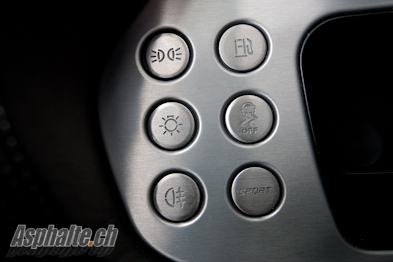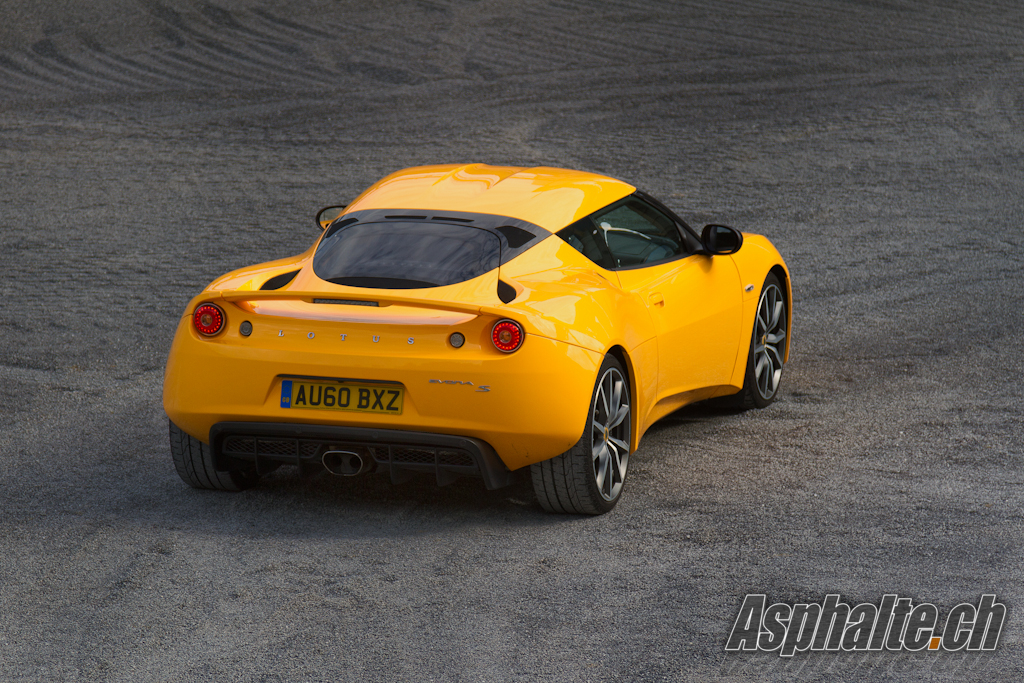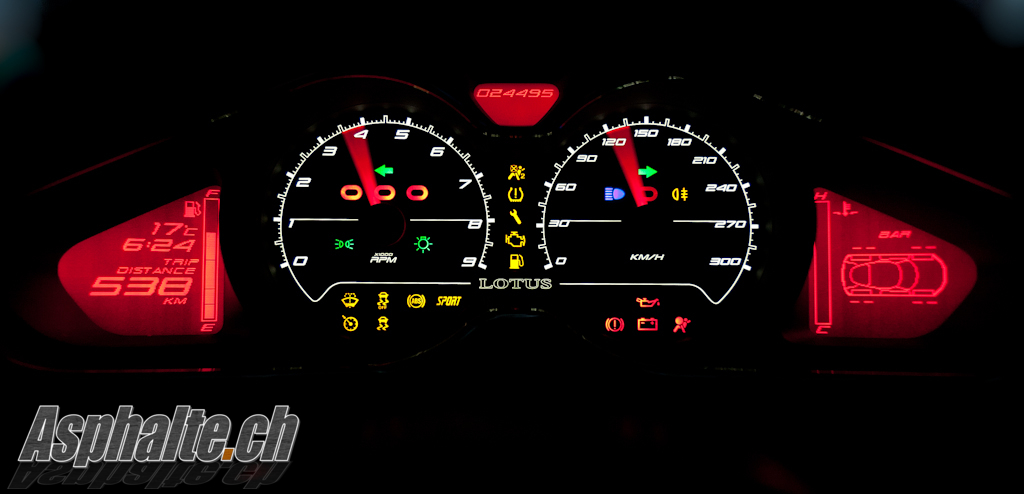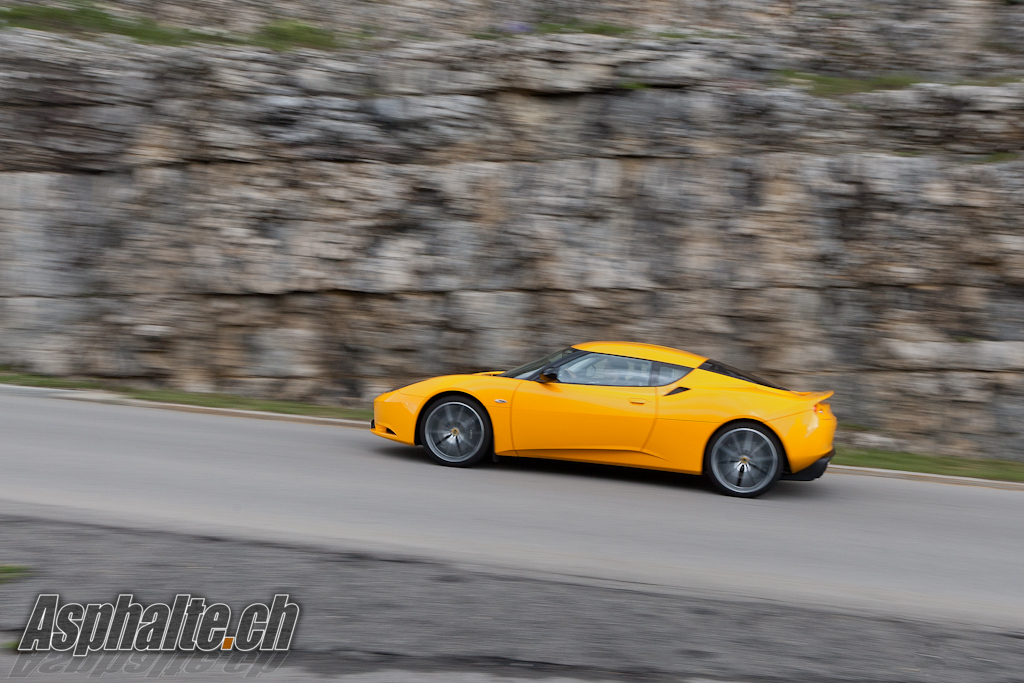Road Test Lotus Evora S: the Lotus Notes
In this 2+0 configuration, a useful luggage space can be found behind the foldable Recaro buckets. There is no luggage compartment at the front, so cargo is limited to a toasty compartment behind the engine. According to Lotus, 4 out of 5 Evora buyers spec their car in 2+2 configuration (+5700 CHF), more to boost resale value than for the real usefulness of the rear seats.
The big Lotus is far prettier in the metal, pictures really don’t do it justice. I had always been hung up on the front facia, the undercuts below the doors and the roof line crossing the engine cover, but my opinion completely flipped once I got to live with the car. A really beautiful car, elegant and fluid, widely appreciated for its elegance.
The Evora S is a decent freeway GT. Tire roar is more present than one would ideally like, but the cabin is well insulated from wind noise. I found the exhaust note to be tiring on long journeys, and confined space combined with visibility challenges would not make it my most sought after car to embark on a 6 hours dash.
With such a long list of issues, the Evora S had to score big in the dynamics department, and it did, on some of the naughty roads that adorn the Vaud back country. First, the engine. While a feathered throttle response can sometimes generate some slight hesitations, the Toyota-sourced V6 crowned by a Roots compressor is a success. Engineered for transverse mounting under the hood of a slew of Japanese sedans, minivans and SUVs, this 3456 cm3 plant is equipped with Dual VVT-I variable valve timing. With 400 Nm at a relatively high 4500 t/min and 350hp at 7000 t/min, the spec sheet numbers are not astounding, furthermore in a context where hothatches – cue BMW 1M and Audi RS3 – are digging deep in 300hp territory. The Evora S is not particularily light either, we measured 1421kg (39.3% AV, 60.7% AR) on our corner scales with a full tank, 16kg below Lotus claims, but more than 60kg above thePorsche Cayman R. Lightest in its class ? Not quite so. Pity that the engine’s numeric advantage is neutralized by weight.






